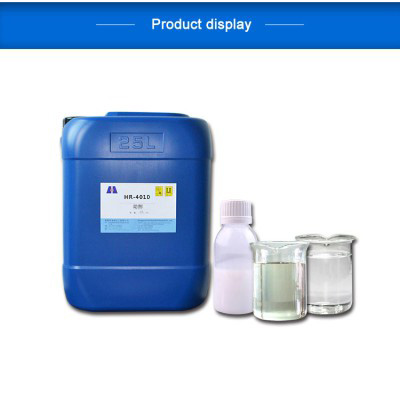silver
New Zealand Selection of antifoaming agents for different applications:
leveling
Flat coating
Features: Low viscosity, low defoaming pressure
Recommendation: Mineral oils or mineral oil modified polyethers
Elastic coating
The chemical methods to eliminate foam mainly include chemical reaction method and adding defoamer. The chemical reaction method refers to the chemical reaction between the foaming agent and the foaming agent by adding some reagents to generate water insoluble substances, thus reducing the concentration of surfactant in the liquid film and promoting the rupture of foam. However, this method has some shortcomings, such as the uncertainty of foaming agent composition and the harm of insoluble substances to system equipment. Nowadays, the most widely used defoaming method in various industries is the method of adding defoaming agents. The greatest advantages of this method are high foam breaking efficiency and convenient use, but finding suitable and efficient defoaming agents is the key.
Features: High viscosity, high UV curing defoamer pressure
wetting
Recommendation: Polyether modified silicone
dioxide
Surface coating and film covering adhesive
Recommendation: Polyethers, which can effectively prevent surface defects and have a small impact on gloss
leveling

Water in Water Colorful
Features: More surfactants, stable foam
New Zealand Recommendation: Use polyethers or mineral oil to modify polyethers
Stability factors of foam
The direct cause of foam is the presence of surfactant, which reduces the surface tension of the solution. Under the combined effect of this reason and the attenuation mechanism of foam, different foam systems show different stability properties, which are mainly related to the following factors: the surface tension of foaming solution, the surface viscosity of foam, the viscosity of solution, the self-healing effect of surface tension (i.e. Gibbs surface elasticity and Marangoni effect) "The surface double layer repulsion and entropy repulsion forces of liquid membranes, the hydrophobic end structure of surfactants, and the steric hindrance effect are not independent factors, and changes in one factor can cause other factors to also change.". The most important factors affecting the stability of foam are the elasticity of the liquid film and the liquid discharge rate. From this perspective, it can be seen that the main factors affecting the stability of foam are different in different foam systems, and sometimes several factors exist at the same time and work together.
In addition to the above factors, some other factors will also affect the stability of foam, such as the size of foam, the coordination of solute and solvent, temperature, pH value, the evaporation rate of solvent, the impact degree of foam and the adsorption rate of surfactant
viscosity-reducing
Precautions for use of paint UV curing defoamer:
Attenuation mechanism of foam
Under the condition of gravity and pressure difference, the liquid membrane of foam will flow and discharge liquid unevenly, and the gas in the bubble will continue to diffuse and permeate due to the different pressure difference on both sides of the bubble membrane, so the instability of foam itself is mainly reflected from the dynamics. [4]
The attenuation mechanism mainly includes the diffusion of gas through the liquid film and the discharge of liquid from the liquid film. These two properties are inherent attributes of foam itself, and have nothing to do with the existence of surfactant. However, these two attenuation mechanisms only play an obvious role in the initial stage of foam system formation. With the attenuation of foam system, these two effects gradually weaken, making the foam attenuation rate gradually slow. [
Before use, stir thoroughly and mix evenly; Adding the paint while stirring; Before use, it is generally not diluted with water; The dosage should be appropriate. Excessive dosage can cause shrinkage, edge shrinkage, poor brushing performance, and other problems; Too little dosage leads to poor defoaming effect; Add it in two stages, namely, add it in the grinding stage and the paint mixing stage, generally accounting for half of the total amount each time. Use defoaming agents with good foam suppression effect in the grinding stage, and use defoaming agents with good foam breaking effect in the paint mixing stage


